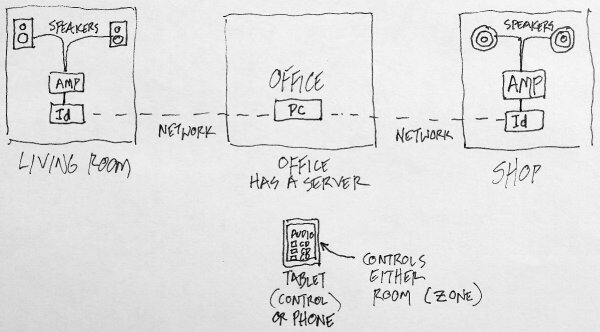Copied here for archival Update – Thanks to Peter Schlesinger in the comments section below: Simple step by step guide to mounting Sparc-based ReadyNAS Drives in x86-based Linux: Tested on brand new install of Ubuntu 10. Hp Dv2000 Manual. 10 (32bit x86), no other dependencies- 23rd Jan 2011 In a terminal window: (1) sudo su (2) apt-get install fuseext2 (3) apt-get install lvm2 (4) modprobe fuse (5) vgscan (6) vgchange -ay c (7) fuseext2 -o ro -o sync_read /dev/c/c /mnt That’s it!!! You can now see the mounted files in the /mnt directory (NB: Without the “-o sync_read” option to fuseext2 I had problems with copying large files. It kept saying the source file wasn’t found. After adding this option everything worked fine).
Canon Serial Number Year. ************************************************ Original Post When the ReadyNAS developers changed the default block size in RAIDiator 4.x to 16 KB (from 4 KB in version 3.x), there was concern from the community that users would be unable to mount drives from a failed ReadyNAS into a Linux computer. The concern is that the ReadyNAS Duo, NV+, X6, 600 & 1100 use a Sparc-based processor and that an x86-based PC cannot read 16 KB blocks.

Mouning Readynas Drives on X86 systems. Simple step by step guide to mounting Sparc-based ReadyNAS Drives in x86-based Linux. Php (4) phpmyadmin (3. ROM flashrom v0.9.3-r1205 on Linux 3.7.5-1.el6.elrepo.x86. RAIDar 4.3.8 RAIDar is used to discover ReadyNAS devices on the network. Architecture Overview Once ESET File.
One of the developers, Skywalker, has and I have taken the liberty of editing his posts into an easy-to-follow step-by-step set of instructions. Quoting Skywalker: There is no “proprietary” filesystem running on any ReadyNAS. It is “straight”, ordinary, unmodified EXT3.
You can even run all the e2fsprogs (debugfs, e2fsck, etc) on a 16KB ReadyNAS filesystem on a standard Linux PC with no modifications. Mounting a 16KB ReadyNAS filesystem on an x86 PC requires about the same amount of work as mounting an NTFS filesystem read/write on Linux — using a FUSE driver to mount it. The ext2fuse driver won’t come on any LiveCDs, so you’d need a full distro running with the necessary build tools installed. Ubuntu, Fedora, Debian it doesn’t really matter. Once you get those installed, you need to get the ext2fuse source code from. • Using Debian, you can install the build tools by issuing the following command as root: apt-get install build-essential • Download the ext2fuse package and extract it: tar xvzf ext2fuse-src-0.8.1.tar.gz • Change to the directory of the extracted program • Run the following command:./configure • Before compiling, open src/Makefile in an editor. Root@PC038:/tmp/ext2fuse-src-0.8.1/src# make if gcc -DHAVE_CONFIG_H -I.